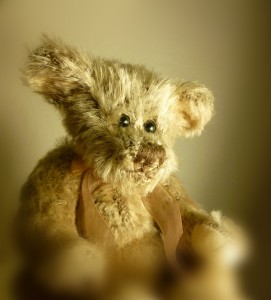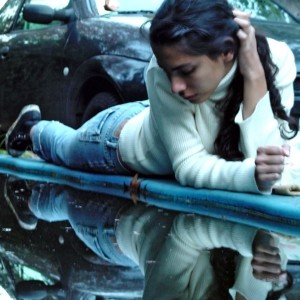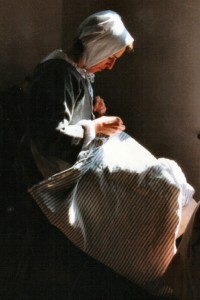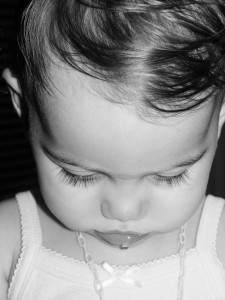Inspiration:

Forgiveness is the answer to the child’s dream of a miracle by which what is broken is made whole again, what is soiled is made clean again.
–Dag Hammarskjold
A Pattern So Vast
Rochelle Melander of the Alban Institute has some good thoughts in her article “Learning to Apologize.” She suggests a four-part process. The first step is to listen and learn how we’ve hurt the other person. It’s usually not comfortable. “We want to say, ‘No, you’re wrong, I’m not that bad!’” Instead, the idea is to be still and listen, and then ask, “Is there more?” And when we’ve heard the whole story, we check to see that we’ve heard well. “Is this what you are saying?” we ask, repeating the story until we get it right.
The second step is to say, “I’m sorry.” Period. We do not qualify our apology by saying, “I’m sorry if you took offense at what I said.” Or “I’m sorry if you felt that way,” or “…if you heard me say that.”
That’s like saying, “I’m sorry you are hyper-sensitive; I’m sorry you are mixed up; I’m sorry you don’t hear well.” The best apology is just, “I’m sorry.”
The third step is to make it right. Both parties talk about what can be done to bring healing. They ask: “What are our needs here?” “What do we do or say differently from now on?” They look each other in the eye and agree on a plan.
The fourth step is to ask for forgiveness. Receiving forgiveness—officially—is essential. It isn’t helpful when the offended person brushes off our apology with, “No big deal,” or “What’s done is done.”
Melander says, “It’s hard to be content with ‘no-big-deal’ responses when we suspect that it was a big deal. These responses don’t have the healing power of ‘I forgive you.’ To say ‘I forgive you’ is to say we are letting go of any claim for punishment or payment. We’re ending our hold on the other person. We’re setting them free.”
by Kate Tucker, Associate Minister, First Universalist Church of Minneapolis TO READ MORE




